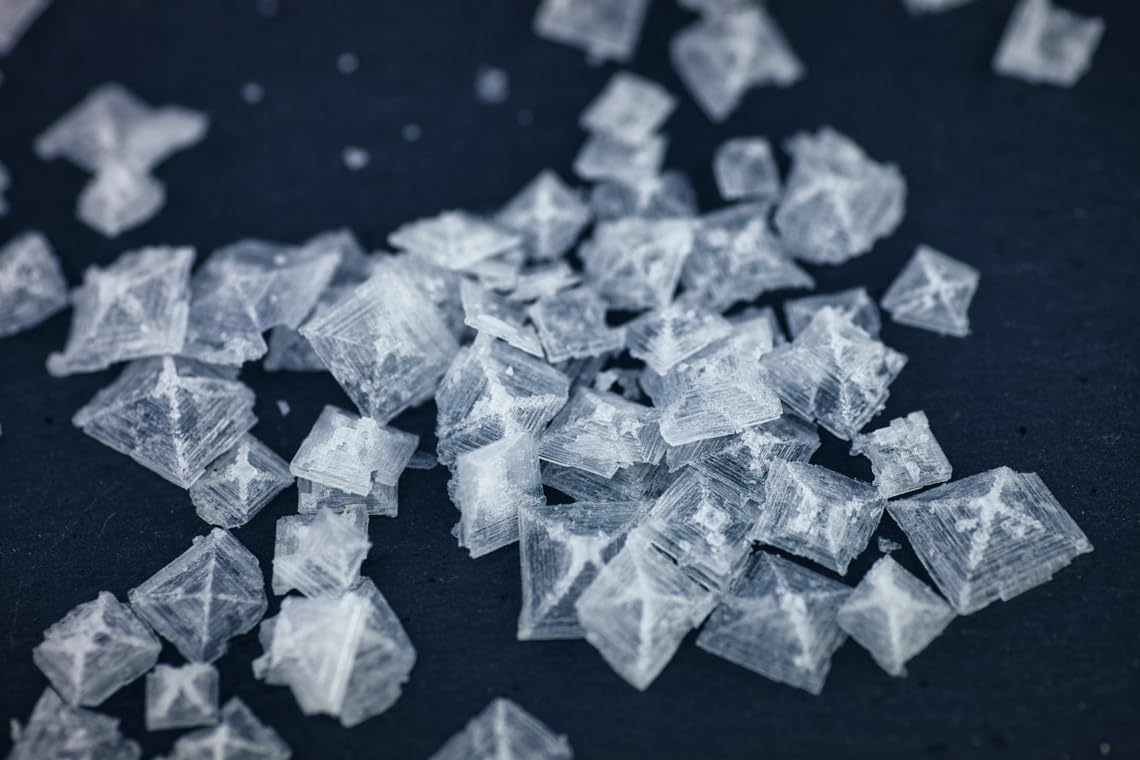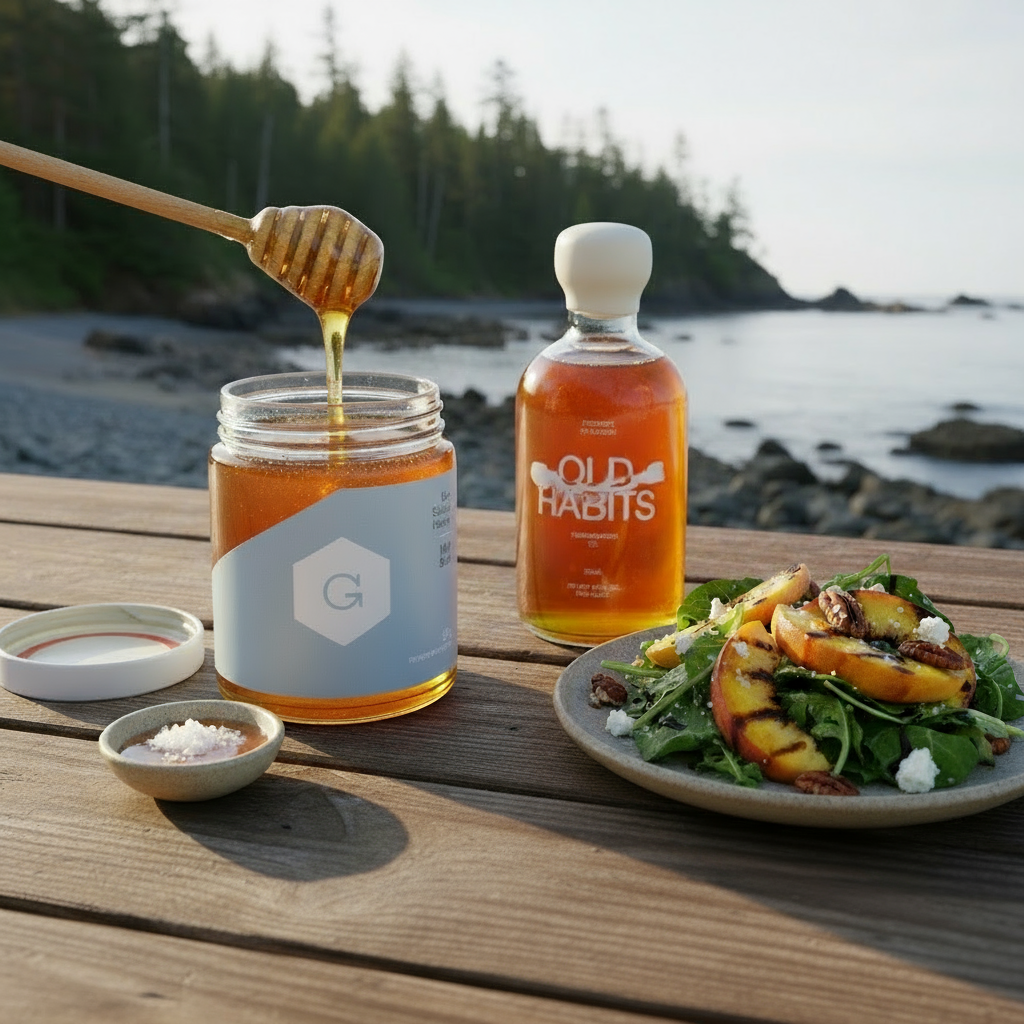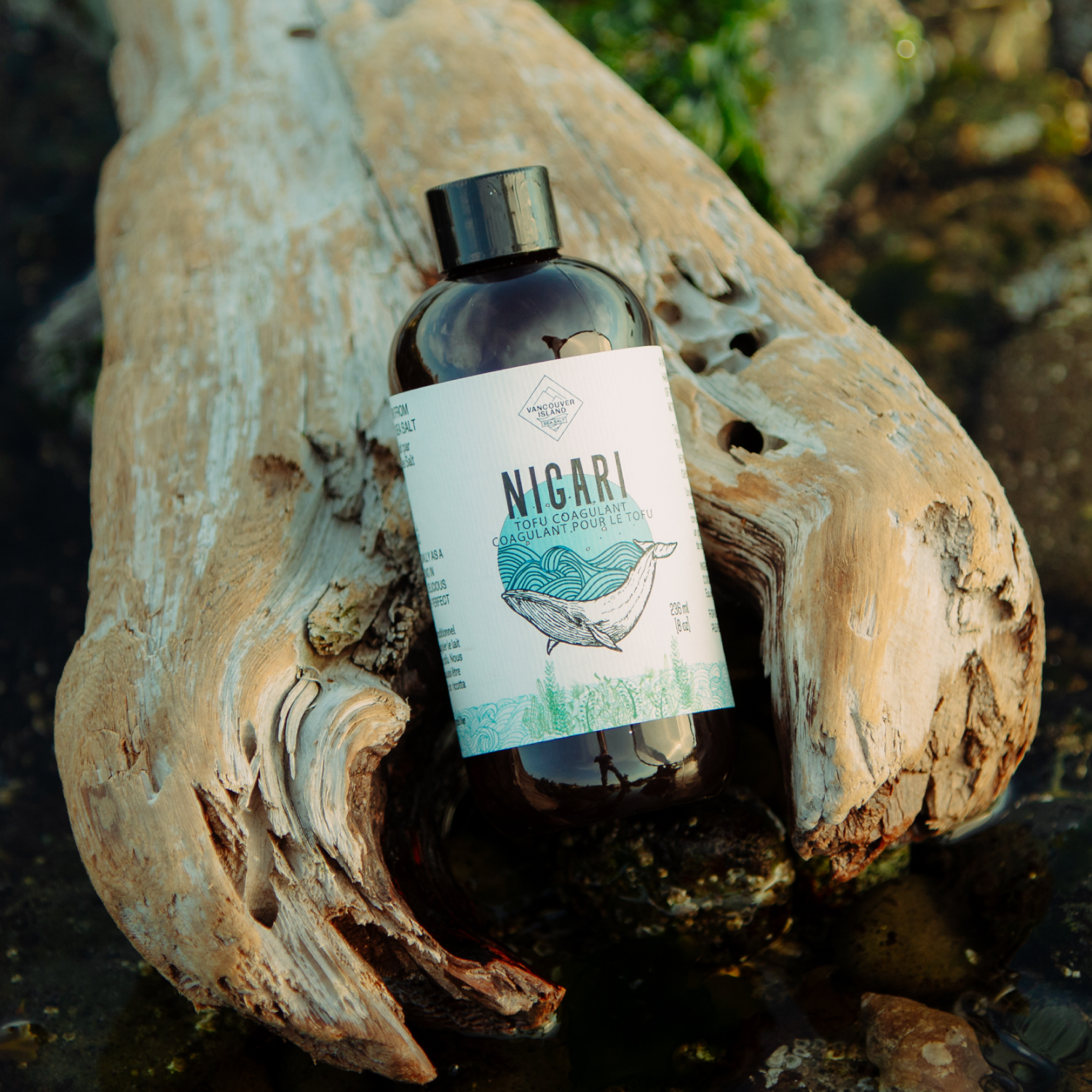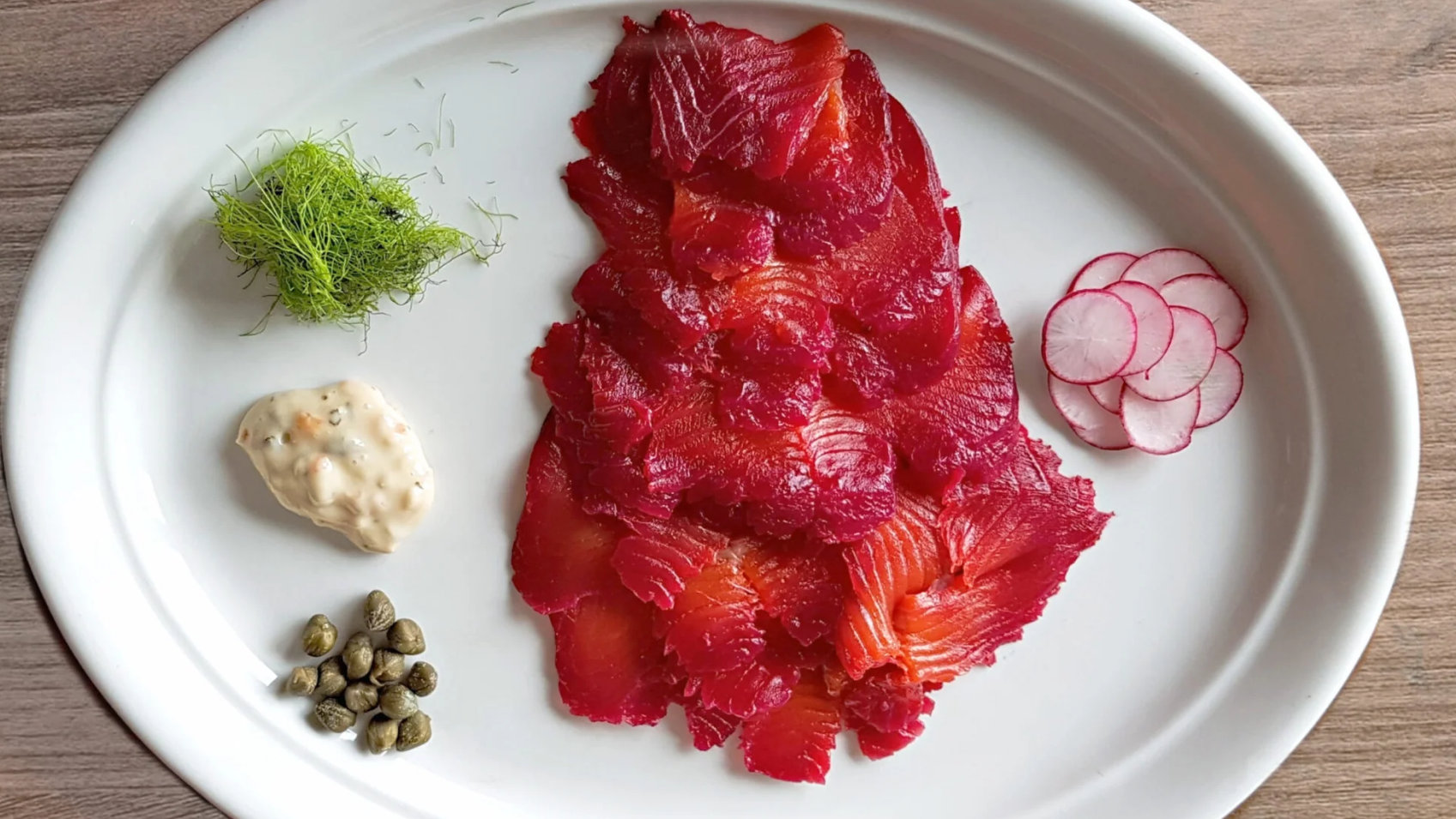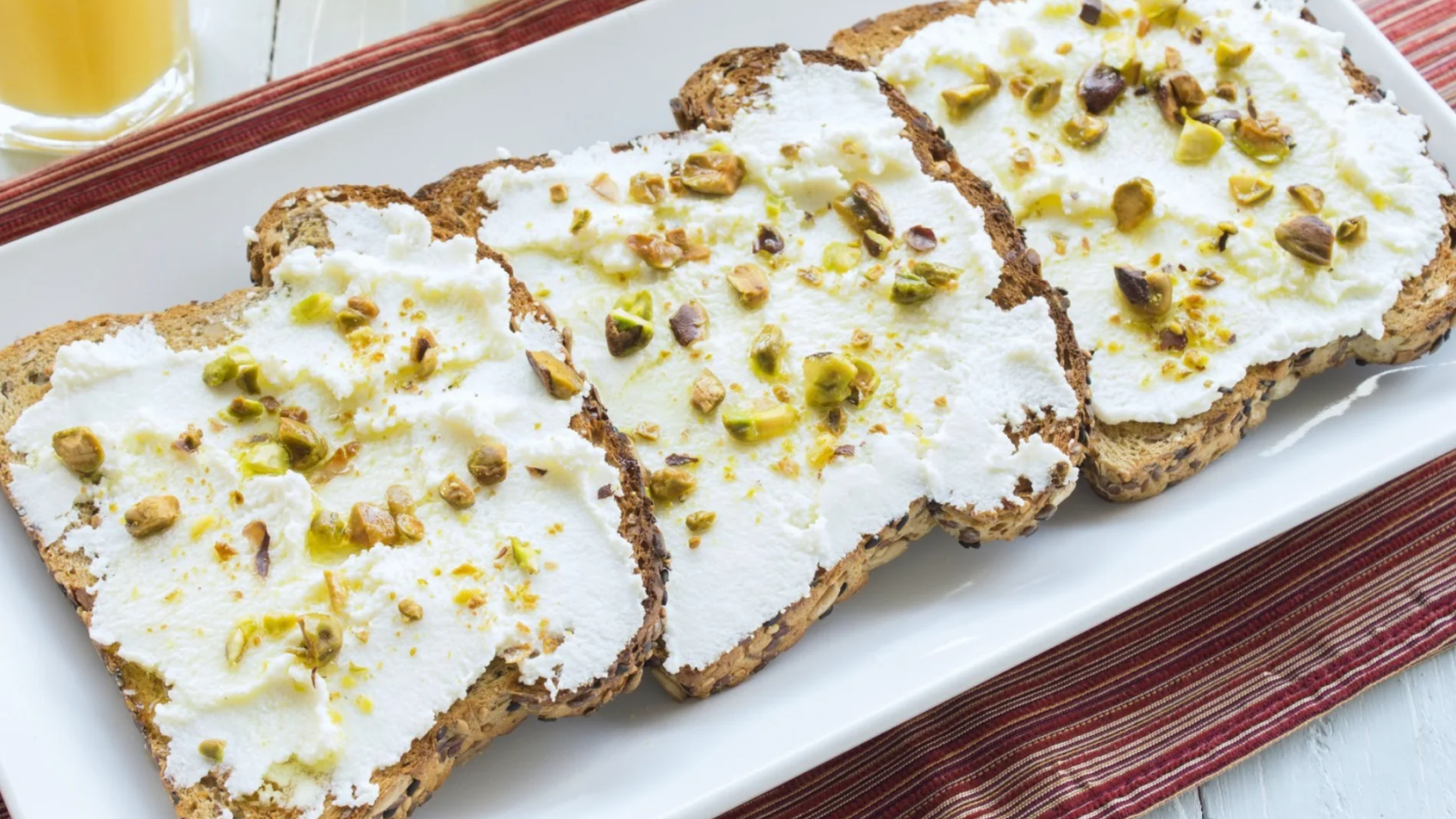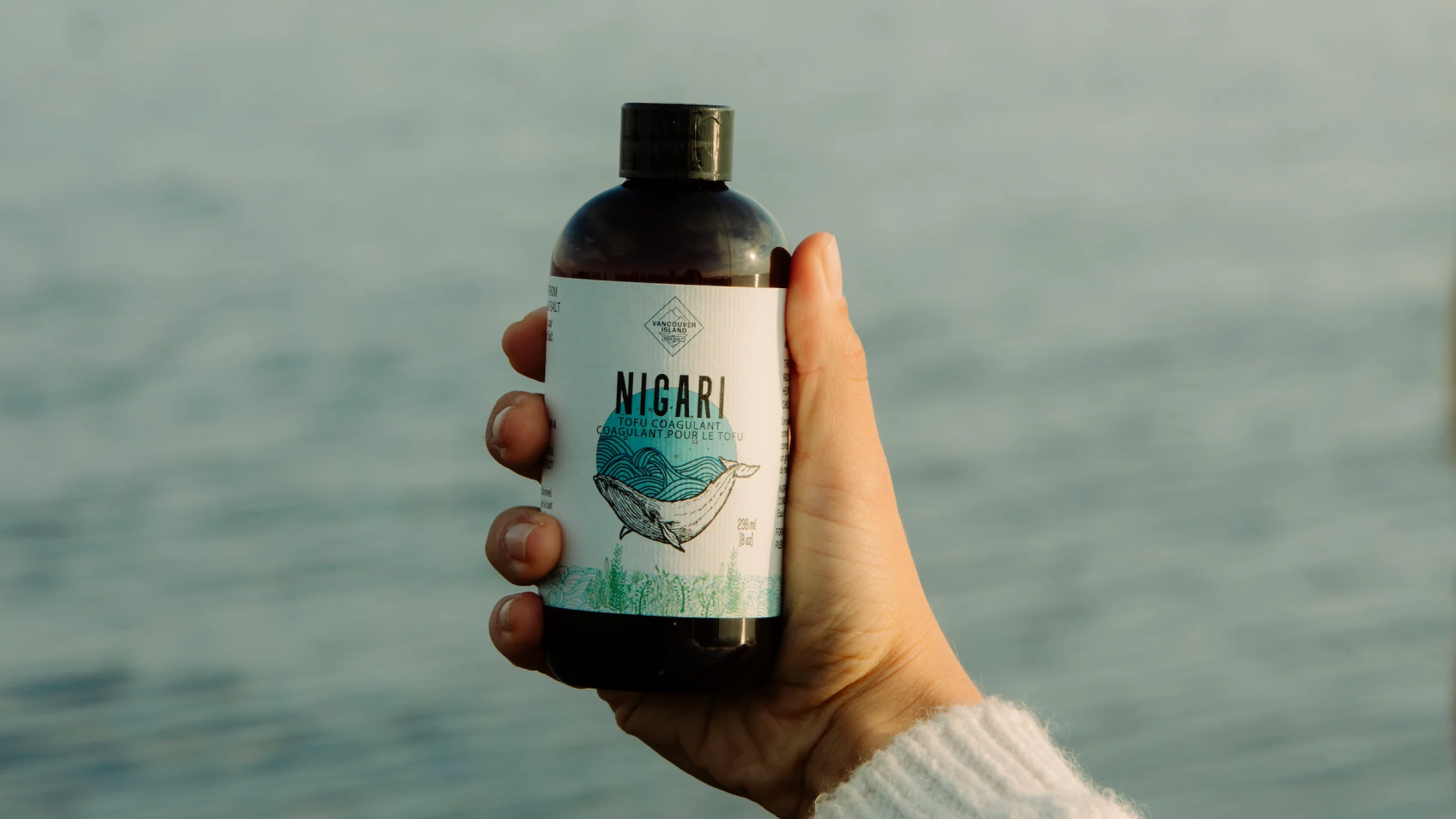
Amp Up Your Fermentation Game with All Natural Nigari
Seawater and the origins of lactic fermentation
It's no coincidence that many lacto-fermentation recipes call for 2.5-3.5% salt concentration - the same range of salinity as the ocean. This is due to many ferments having been traditionally performed using actual seawater (as opposed to a brine made of freshwater and salt).
Today in Korea many traditional kimchi in coastal areas are still made using seawater. The move toward ‘recreating’ seawater for fermentation by dissolving salt in freshwater almost certainly evolved as a matter of convenience and economics given the impracticality of transporting seawater over long distances.
But is it not the case that whenever convenience is gained, something is sacrificed? Our research suggests this has been the case in lactic fermentation.
A couple of years ago we decided to experiment with the traditional method of using seawater in fermentation. We sent some of our favourite fermentation gurus a few liters of seawater that we had filtered and concentrated to a 3% brine.
The feedback was overwhelmingly positive.
The seawater ferments were unanimously proclaimed the “best they had ever produced” citing better texture and flavour. Of note, the results achieved with seawater were perceived as even better than those achieved using a brine made with our all natural sea salt.
So how does seawater produce superior fermentation results?
Understanding why starts with the realization that seawater is infinitely more complex than just NaCl and water.
Of particular note is the presence in seawater of what are often called ‘trace minerals’ - the three primary ones being calcium, magnesium and potassium. These trace minerals have been scientifically proven to play an important role in the fermentation process as certain types of lactic acid bacteria (LAB) benefit from increased levels of magnesium and potassium. For example, it is known that streptococcus faecalis thrives on increased levels of potassium. (*1)
*1 - (MacLeod & Snell, 1947)
Given the importance of trace minerals, it comes as no surprise that most fermentation aficionados will tell you the best ferments in terms of flavour and texture are always made with all-natural sea salt (like Vancouver Island Sea Salt) as opposed to industrially refined salts like kosher.
Why is this the case?
Kosher and other refined salts have been completely stripped of trace minerals. Most refined salts also have various chemicals added to them (anti-caking agents) that likely inhibit the natural fermentation process to some extent. In contrast, all natural sea salts retain traces of all the minerals found in the ocean and contain none of the additives.
But while using all natural sea salt results in a fermentation brine that more closely resembles the composition of the ocean, it's still not exactly comparable to seawater.
In particular, a natural sea salt brine will always have magnesium and potassium concentrations that are lower than the ocean. This is due to magnesium and potassium rich salts being the last salts to crystalize (long after NaCl) - so they are mostly what remains in the concentrated seawater brine after sea salt is harvested.
In 2018 we began to capture and bottle the magnesium and potassium rich brine that remains after we harvest sea salt. In the salt world we call this left-over brine 'Nigari’, after the Japanese word for bitter (the flavour that results from the high concentration of magnesium).
Nigari is traditionally a tofu coagulant, but we surmised it could also be used to help our customers improve the quality of their ferments without having to get their hands on actual seawater.
The concept was simple - by adding Nigari to a fermentation brine made with all natural sea salt, one could more closely approximate the mineral composition of seawater by naturally increasing the magnesium and potassium content.
Due to it's high concentration, only a very small amount of Nigari would be required.
Superior flavour and texture
To test our theory we reached out to our friend and customer Brad Hendrickson of Vancouver based Biota Fermentation. Brad prepared some of his famous sauerkraut split into several batches at 2.5% sea salt salinity. One batch was left as a control batch (no Nigari added), while the other batches included Nigari additions ranging from 0.25% to 0.4%.
The results were conclusive. In a blind sensory test, people clearly preferred the batches with the higher Nigari concentration on the grounds of both flavour and texture.
To supplement the testing at Biota Fermentation, we also reached out to Chef Nick Cassetari at Whistler’s award-winning restaurant, Alta Bistro. Nick has long been pushing the boundaries of fermentation and was keen to try something new and had this to say about the results:
“We started using Nigari in our ferments and it’s safe to say we will not stop using it. The texture and purity of flavour is paramount.” – Chef Nick Cassetari
How does it work?
How does adding Nigari to a fermentation brine produce ferments with superior flavour and texture? Given all the moving parts in fermentation, the precise answer is difficult to pin-point, but here are the likely factors:
Like NaCl, magnesium and potassium chloride are both salts. Adding more salt to the fermentation brine serves to preserve the firmness/texture of the vegetables being fermented...
...but unlike NaCl, magnesium and potassium chloride salts taste more bitter than ‘salty’. So while their addition improves texture it does not add to the overall level of 'saltiness’. In contrast, the added bitterness should partially counteract saltiness and increases the overall complexity of flavour.
Biota’s research showed that batches with Nigari added displayed ending Ph levels similar to the ‘no Nigari’ control group, suggesting Nigari does not significantly increase the overall level of LAB production. But we do know that higher levels of trace minerals do benefit certain types of LAB, suggesting that the profile of LAB produced likely changes, and apparently in a way that benefits flavour and texture. We hope to publish more research as we continue to study this further.
Our investigation into the benefits of nigari in fermentation were partly inspired by the story of ‘Odo’s experiment’ as summarized by Mark Bitterman in his book ‘Salted’:
“The salt maker Odo once performed an experiment to explore the value of natural sea salt to living organisms. He picked up a bunch of crabs off the beach. He put some in salt water made from refined salt. The crabs died almost right away. Some of the crabs he put in salt water made by combining fresh water and unrefined rock salt. The crabs died within two days.
Then he made salt water using his own natural sea salt. The crabs lived.
Furthermore, the aquarium holding the crabs began to produce more life, presumably from microscopic organisms already living in the crabs. Odo believes that the same subtle chemistry essential for the very survival of marine animals offers benefits to humans as well.”

